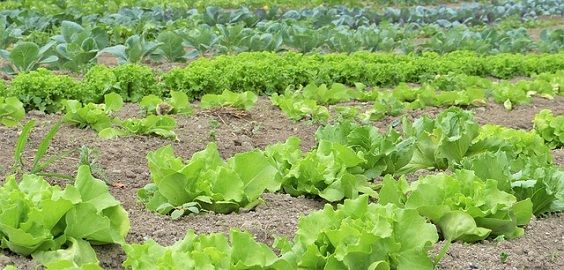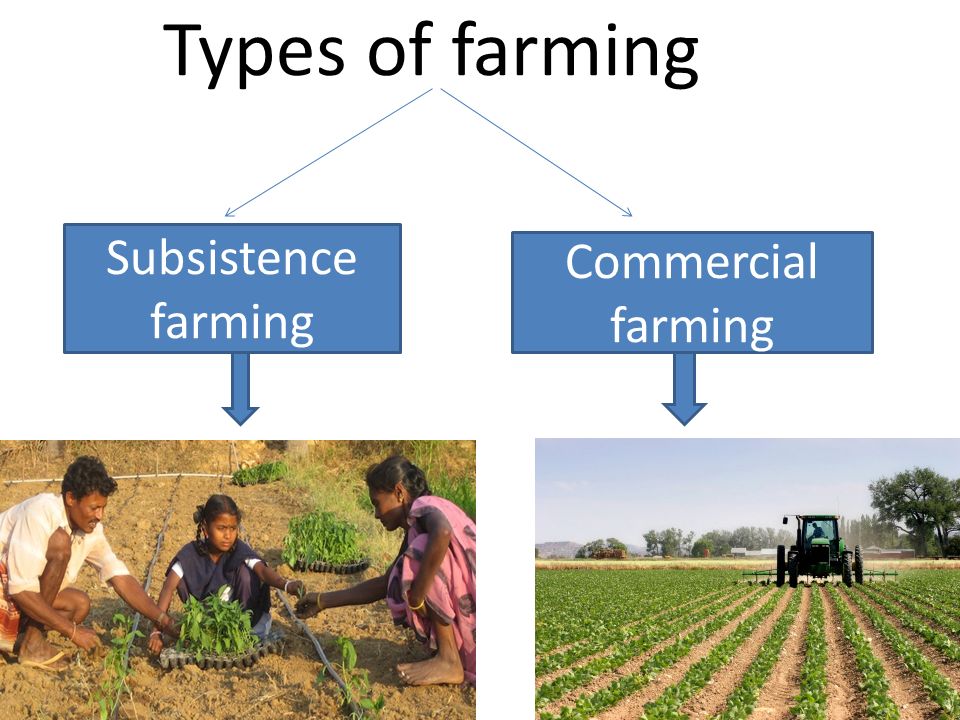A Thorough Appearance at the Difficulties and Advantages of Modern Agriculture
Modern agriculture stands at the crossroads of advancement and sustainability, offering a plethora of obstacles and chances. The course ahead demands a mindful exam of these dynamics, inviting stakeholders to consider the capacity for transformative adjustment in agricultural methods and policies.
Technical Developments in Farming
Technical innovations in farming have revolutionized the farming industry, driving raised performance and efficiency. Technologies such as accuracy biotechnology, agriculture, and automation have actually transformed typical farming methods, permitting even more lucrative and lasting operations. Precision farming utilizes GPS innovation, sensing units, and data analytics to optimize field-level management pertaining to crop farming. This technique enables farmers to apply inputs like water, plant foods, and pesticides extra carefully, reducing waste and reducing prices while enhancing yields.
Automation in farming has actually better pushed the market onward, with the intro of independent tractors, drones, and robotics. These innovations decrease labor requirements and boost operational rate, enabling timely planting and harvesting. Drones, particularly, provide valuable aerial imagery and information, aiding farmers in keeping track of plant health and finding problems early.
Biotechnology has actually likewise played a critical role in progressing agricultural techniques. Collectively, these technological innovations have laid the groundwork for an extra sustainable and resistant agricultural future.
Ecological Obstacles
Agriculture encounters a number of ecological difficulties that threaten its sustainability and productivity. One of the key worries is the degradation of dirt wellness as a result of extensive farming practices that diminish important nutrients and bring about erosion. The overuse of chemical fertilizers and pesticides additionally exacerbates this issue, contaminating water resources and reducing biodiversity. The lasting stability of farming land is endangered, requiring the fostering of more lasting techniques.
Water scarcity is one more considerable challenge, specifically in regions where agriculture heavily relies upon watering. Environment adjustment is heightening this concern, modifying rainfall patterns and increasing the frequency of droughts. Efficient water administration systems, such as drip irrigation and rainwater harvesting, are critical to mitigate these effects, but their implementation remains uneven across different regions.
Furthermore, agriculture is both a factor and a target to environment adjustment. It makes up a considerable share of greenhouse gas discharges, largely from animals production and rice cultivation. Transitioning to low-emission farming techniques, such as precision farming and agroforestry, can assist minimize this influence. These methods require substantial financial investment and technical experience, posing a barrier to widespread adoption. Dealing with these environmental challenges is vital for guaranteeing a lasting agricultural future.

Financial Impacts
The economic effects of modern-day agriculture are profound and diverse, influencing both local and worldwide markets. Breakthroughs in technology and production techniques have actually significantly enhanced agricultural efficiency, leading to a lot more reliable food supply chains and reduced costs for consumers.
Nevertheless, these advantages are not without obstacles. The capital-intensive nature of modern agriculture calls for substantial financial investment in machinery, fertilizers, and genetically modified seeds, which can be economically difficult for small-scale farmers. This frequently causes raised financial obligation and economic vulnerability, potentially leading to the loan consolidation of ranches and the loss of country livelihoods. Additionally, global market fluctuations can influence the productivity of farming exports, making economic situations reliant on farming at risk to financial instability.
In addition, aids and trade plans in industrialized nations can distort market value, affecting competitive equilibrium and potentially disadvantaging farmers in developing nations. In general, while contemporary agriculture drives economic development, it likewise demands navigating complicated economic landscapes to guarantee fair and sustainable advancement.
Social Effects
While contemporary farming has produced significant improvements, it also provides numerous social implications that require factor to consider. One major issue is the variation of small farmers due to the increase of huge agribusinesses. As corporate farming entities progressively control the agricultural landscape, smaller farms typically battle to compete, resulting in the disintegration of country areas and conventional farming methods. This change can cause a loss of neighborhood knowledge and cultural heritage that smaller ranches maintain.

Additionally, there are issues regarding food protection and sovereignty. The emphasis on monoculture and genetically changed plants can weaken biodiversity and make food systems a lot more susceptible to insects and illness. Such methods may likewise restrict customer options and minimize the ability of local communities to regulate their food resources. As these social implications unravel, it comes to be essential to address them to make sure equitable and sustainable farming advancement.
Future Directions
Looking ahead, a number of promising opportunities for modern agriculture can deal with the obstacles dealt with today while cultivating sustainable development. Advances in technology, such as accuracy agriculture, use the possible to enhance source use and boost performance. By employing information analytics and machine discovering, farmers can make informed choices regarding crop monitoring, resulting in lowered input costs and lessened environmental effect. The assimilation of eco-friendly energy sources right into farming practices might dramatically reduce dependence on fossil gas and add to lower greenhouse gas emissions.
Biotechnology also holds immense pledge for the future of farming. Genetically modified organisms (GMOs) my blog and gene editing and enhancing methods, like CRISPR, might boost plant strength versus climate modification, click here for more info bugs, and illness, hence enhancing food safety and security. In addition, diversifying crop ranges to consist of even more nutrient-dense and climate-resilient options could reinforce both environmental security and human nutrition.

Verdict
Modern farming, defined by technological advancements, offers both chances and difficulties. While advancements such as precision farming and biotechnology enhance performance and sustainability, they likewise add to ecological issues like dirt deterioration and water scarcity. The financial effects are substantial, influencing small-scale farmers and leading to broader social effects. Dealing with these intricacies needs a transition towards sustainable techniques that balance performance with environmental stewardship and social equity, consequently guaranteeing a resistant future for worldwide farming systems.
Modern agriculture stands at the crossroads of innovation and sustainability, providing a plethora of challenges and chances. Furthermore, international market fluctuations can affect the profitability of farming exports, making economies reliant on agriculture at risk visit the site to economic instability.
Furthermore, the extensive usage of technology and mechanization in agriculture has actually led to a decrease in agricultural work possibilities.Looking ahead, numerous promising opportunities for contemporary farming could deal with the obstacles encountered today while fostering sustainable growth. commercial farming vs subsistence farming.Modern farming, identified by technological innovations, presents both opportunities and difficulties